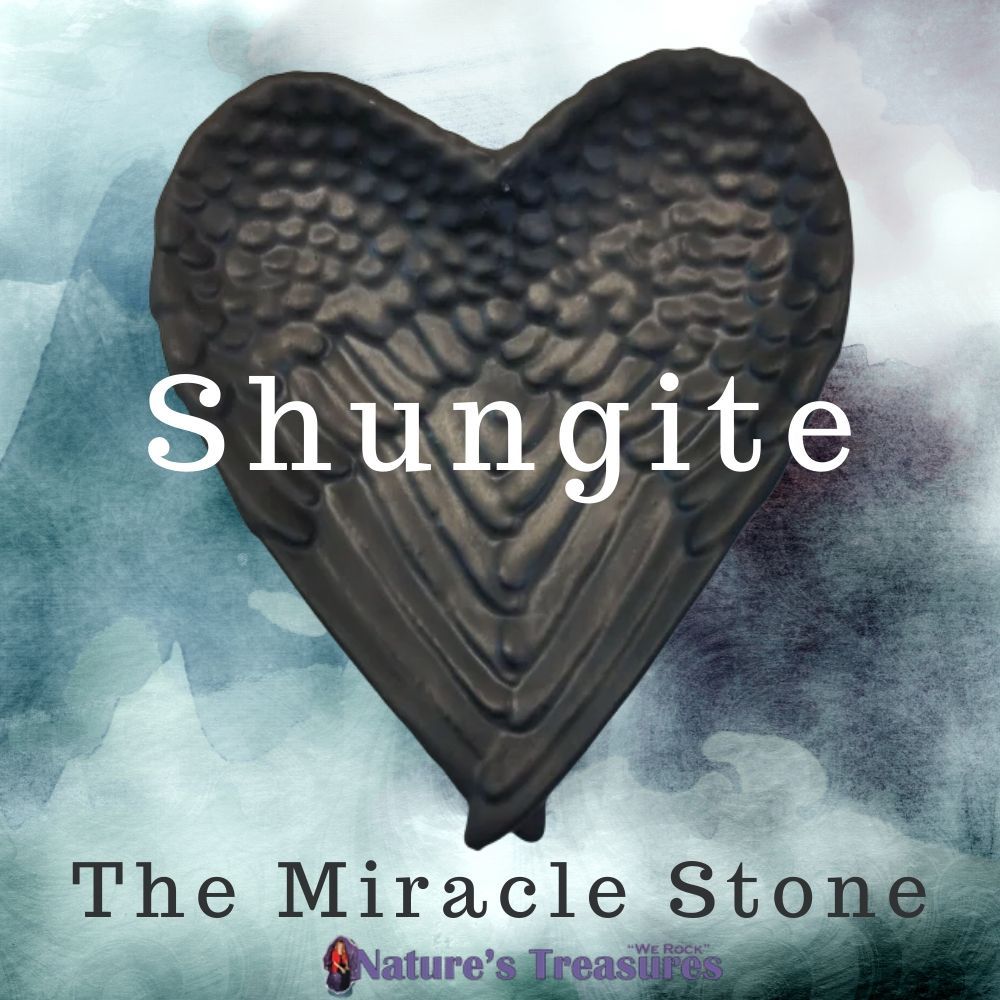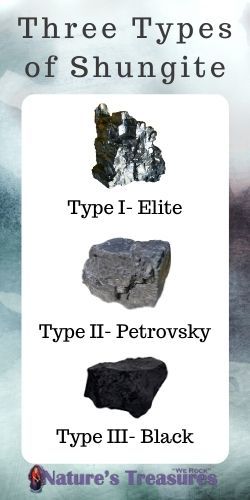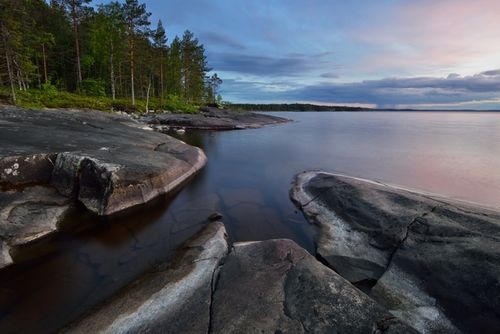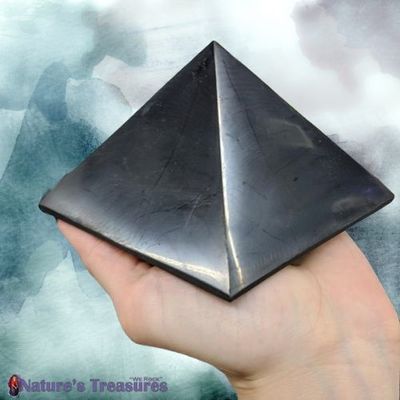Type 1, Elite Shungite, is the rarest and purest form. Only 1% of all Shungite found is Type 1. It is a 98% organic carbon, noncrystalline, nongraphite, vitreous, with semi-metallic shiny silver-black mineral. It is sometimes also known as Noble Shungite.
Type 2, Petrovsky Shungite, is approximately 64% organic carbon, but it can range from 50% to 70%. It is gray-black and is usually the Shungite used in figurines and other objects since it is easier to shape and polish to a high shine.
Type 3, Black or Regular Shungite, is approximately 30% organic carbon but can be as high as 50%. It’s black in color.
Additionally, there is another type of stone that has even lower organic carbon percentages. These stones are known as Shungite rock.
SO, IS IT JUST COAL?
Since Shungite is mostly carbon you may ask what’s the difference between it and coal or petroleum? The answer is: Time. Coal and petroleum formed between 300 and 500 million years ago opposed to Shungite's formation 2 billion years ago. This makes coal or petroleum “youngsters” in comparison.
Additionally, the slow processes of petrification and the environmental conditions surrounding it created natural fullerenes, which are hollow crystalline formations of carbon molecules. Shungite is the only known natural source of C60 and C70 fullerenes. This is truly the “miracle” in the Miracle Stone.
Although high quality Shungite is widely believed to have purifying properties such as counteracting the damage done by radiation and killing viruses and bacteria, scientists are still studying how we can use such powerful material, full of potential. Current applications being studied for future use are as a superconductor for electricity, rocket fuel propulsion, and medical nanotechnology.




